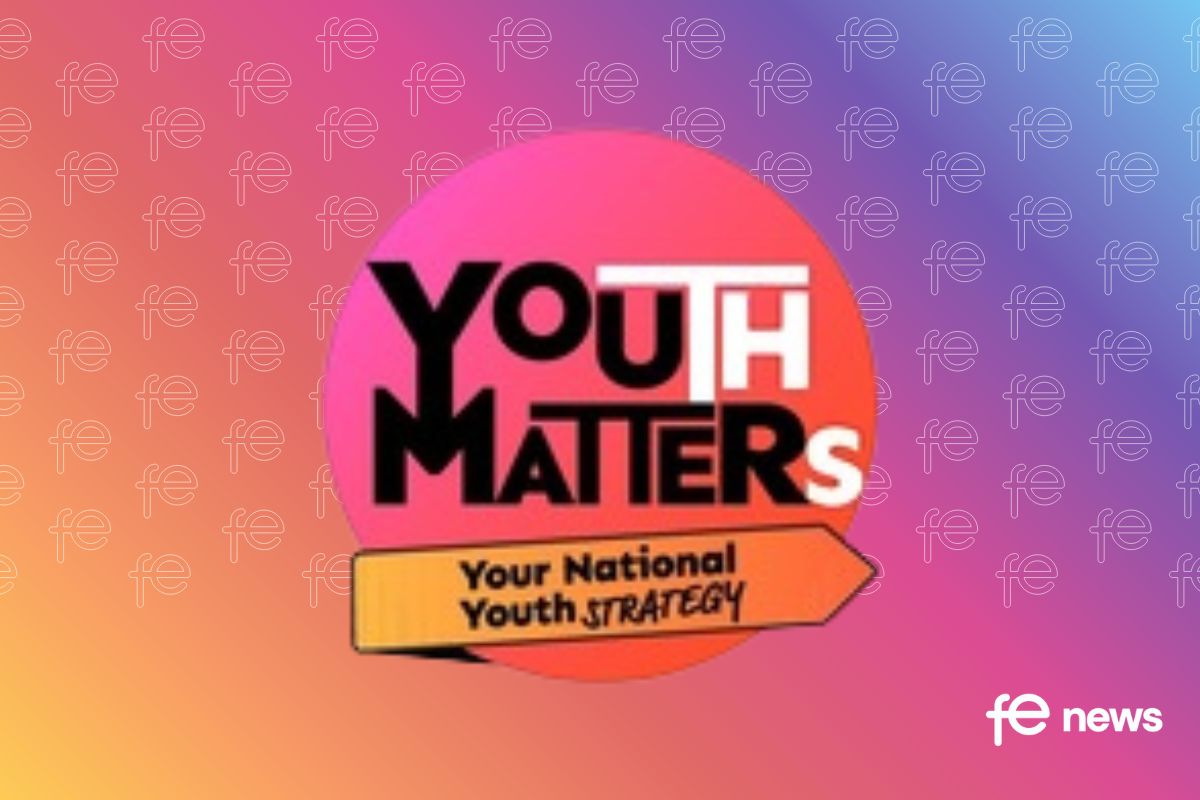Strategies for Students with Dyslexia/ADHD to Improve Writing Skills

The world of science continues to advance its understanding of how dyslexia and ADHD, two highly interrelated challenges, affect the brain. New tools, strategies and resources are continually emerging to support students facing these challenges. The way students with dyslexia and ADHD learn can often be radically different from other students in the classroom as visual processing disorders often undermine our assumptions about traditional learning. There are many ways that teachers can take steps to support students improve their writing skills – read on to discover ways to provide a supportive classroom environment.
Declutter Your Workspaces
“For students with dyslexia and ADHD, distractions can compound to make the challenges of reading and writing insurmountable,” says says Helen Bowden, a writer at Revieweal and Boomessays. “An important strategy for supporting these students is to limit distractions, so keeping workspaces free from clutter is an important step.” Visual and audio simplicity in the classroom will support focus and learning among these students.
Build Strong Academic Routines
The structuring of your classroom’s day is an essential way of demarcating exercises, hinting to students about when it’s time to switch their focus from reading to writing, or art to maths. For students with ADHD, supporting them to focus on the task at hand is paramount, so having well organized days in the classroom enables them to concentrate on what they’re learning in the moment.
This can function on both a micro and a macro level. If the overall structure of a child’s school days remains the same across the school year, they will be better prepared in each individual class. Likewise, individual lessons can follow similar structures, with clear introductions to the material, problems being introduced, and concluding with revision sections.
Introduce Shape And Color In Writing Lessons
For students with dyslexia, it can be incredibly frustrating dealing with the written word. Stimulating the brain with additional support can often help words come into focus, so utilizing color and shapes as well as text in your writing lessons will support these students to learn. Building letters in three dimensions, such as drawing them in sand, can help use spatial awareness to support literacy
Encourage Speaking and Listening
Students with ADHD and dyslexia are no less likely to understand the content of your lesson, merely to find the medium of reading and writing a more challenging sphere to express themselves. Support students facing these challenges by introducing a variety of language exercises that aren’t limited to the written word. Encourage your students with dynamic exercises about speaking and listening to instill greater confidence in their abilities.
Implement Technological Tools
Contemporary technology is diminishing many of the challenges faced in writing by students with ADHD and dyslexia. Tools like Academized, Write My Essay, AcademAdvisor and Essayroo are available to support students with their spelling, grammar and can provide additional structure for students when producing work with a written component.
Let Students Learn To Love Reading
When selecting a reading list to teach the class it’s important to remove preconceived notions of what “literature” is to find books that are suitable for the whole class. When books are selected which pose too great a challenge to students with ADHD and dyslexia, this reinforces already percolating ideas that reading isn’t for them. To support students facing these challenges in the classroom, undermining such ideas is essential.
Seek books that have rich narratives that will engage your students whilst utilizing simplified vocabulary. Investing in these books now will demonstrate to your students that they can gain a love of reading that will support them over the course of their life.
Use Consistent Terminology
“For students with dyslexia and ADHD, the classroom can already feel like an overloaded place,” says Marie Edmondson, an editor at Via Writing and Writing Populist. “Sensory bombardment provides a consistent challenge for focus and attention.” Teachers can assist students facing these challenges by streamlining the use of terminology in the classroom, avoiding synonyms and consistently using the same words to refer to tools and processes. For example, notepad and notebook might be used synonymously by a teacher to refer to a workbook, but students suffering from ADHD, making rapid connections around the classroom, may struggle to grasp that in some contexts these words mean the same thing and in others, they differ.
Make Feedback Constructive
When it comes to presenting a student with mistakes they’ve made, simply pointing out what’s wrong without contextualizing it leaves students with dyslexia and ADHD in the dark. Feedback should be qualitative and constructive, explaining not only what was wrong but offering an explanation of why it’s wrong and providing a structure for students to improve in the future.
School’s Out
Students with ADHD and dyslexia are just as capable of learning as anyone else. By making subtle classroom adaptations and introducing new learning mechanisms, these students can thrive in any classroom.
Katherine Rundell is a writer and tutor at Big Assignments and Australian Reviewer. She has been a classroom counsellor and teacher in elementary schools across the Midwest for many years. She is also a proofreader at Best Writing Services website.











Responses